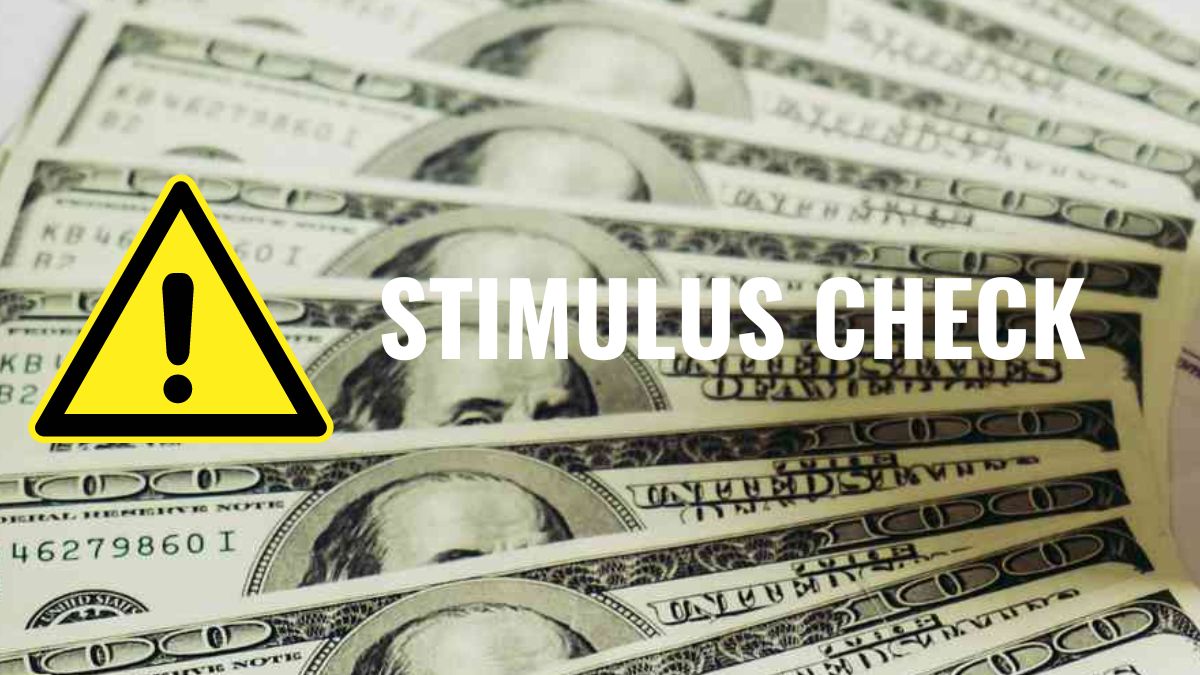If you still haven’t received your $1,400 stimulus check, you might be wondering if it’s time to take action. Since March, the IRS has distributed over 167 million payments, and although new batches are sent out weekly, some payments can go missing.
The first thing you should do is verify if the IRS has sent your payment. If you have received a letter from the IRS confirming that your payment was issued, but you haven’t received it yet, it’s time to start tracking it. It’s also possible that you might be missing your first or second stimulus check from 2020, in which case, you should investigate that as well.
What to do if you haven’t received your stimulus check
There are several reasons why your payment could be delayed or missing. For example, the IRS might have outdated information, such as an incorrect mailing address, or there could be an issue with the payment itself. If you have recently changed your address, make sure the IRS has the correct information.
If you received less than you expected, you might be eligible for an additional adjustment payment, known as a “plus-up.” This is an adjustment based on your most recent tax return. You do not need to file an amended tax return to receive this additional payment, as the IRS will calculate it automatically.
If you suspect your payment is lost, you can request a payment trace through the IRS. This means the IRS will look for the lost payment and verify if it was cashed. If it wasn’t cashed, the IRS will issue a new payment.
Deadlines for requesting a payment trace
The timing to request a payment trace depends on how your stimulus check was sent. For direct deposits, you should wait at least five days after the IRS says the payment was issued. For checks sent by mail, the wait is longer: four weeks for a standard address, six weeks if the check was forwarded, and nine weeks for checks sent to a foreign address.
If your first or second stimulus check is missing, you can no longer use the IRS’s Get My Payment tool to track it, so you may need to initiate a payment trace. However, for the third stimulus check, you can verify its status using the Get My Payment tool by entering your Social Security number, date of birth, and address.
Other methods to claim missing payments
Another option for claiming missing payments is to file for a recovery rebate credit. This is particularly useful if you are not normally required to file a tax return. This credit allows you to claim any missing stimulus payments when you file your tax return.
If you are also waiting on a 2020 tax refund, there are steps you can take to track that money. The IRS has online tools that can help you check the status of your refund and inform you if there is any problem with your tax return that needs to be resolved.
What to expect after initiating a payment trace
The process of tracing a lost payment can take about six weeks, although delays are possible due to limited IRS staffing. During this time, the IRS will investigate the status of your payment and determine if a new check needs to be issued.
It’s important to stay informed about updates on future stimulus payments and other financial aid that might be available. The government has been considering several additional aid packages, and keeping up with these news can help you know what to expect and how to prepare.
To check the status of your third stimulus payment, you can use the Get My Payment tool on the IRS website. This tool will ask you to enter your Social Security number, date of birth, and address. If the tool shows that your payment was issued but you haven’t received it within the expected timeframe, it’s time to request a payment trace.
Make sure to have all the necessary information on hand when using the Get My Payment tool. This includes your Social Security number, date of birth, and the address the IRS has on file for you. This information will help ensure you can quickly access the status of your payment.
Additional tips to ensure you receive your payment
It’s crucial to keep your information updated with the IRS to avoid delays in future payments. Ensure the IRS has your correct mailing and banking information so that any future payments arrive on time and without issues.
If you have persistent issues receiving your stimulus payment, consider contacting the IRS directly. Although wait times can be long, speaking with a representative can help you resolve specific issues and ensure your information is correct.
Summary and next steps
If you are still waiting for your stimulus check, don’t wait any longer to take action. Verify your information, use the available tools, and request a payment trace if necessary. Stay informed about future financial aid and ensure your information with the IRS is always updated.
Keeping up with news and updates about stimulus payments and other forms of financial aid can help you stay prepared and take advantage of any available assistance. Don’t hesitate to take action and make sure you receive any payments you are entitled to.
In summary, if your stimulus check is still missing, there are several steps you can take to resolve the issue. From checking the status of your payment with the Get My Payment tool to requesting a payment trace or filing for a recovery rebate credit, there are many ways to ensure you receive the money you are owed. Stay proactive and keep an eye out for updates to maximize your benefits.




